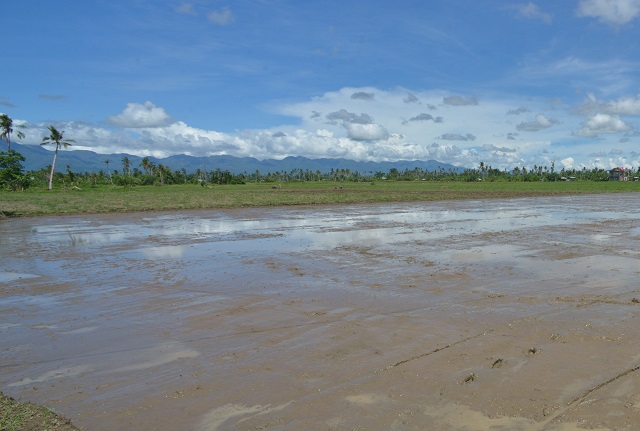
Well leveling of rice fields reduces farm damages caused by inefficient water flow and uneven distribution of fertilizer according to an expert from the Department of Agriculture-Philippine Rice Research Institute (DA-PhilRice).
“A farmer could be targeting 100 sacks per hectare but if his/her field is poorly prepared, we expect a yield loss of 5 sacks per hectare or 5%,” Elmer Bautista of PhilRice Rice Engineering and Mechanization Division said in a Palay Aralan session aired through the agency’s Facebook page.
The newly conferred Scientist I explained that good crop growth and more efficient field management is achieved when the field is prepared well.
“Properly levelled field ensures efficient water management, less weed incidence, uniform crop growth and maturity, and efficient use of farm machinery. Snail management is also easier because farmers can easily fill the field with water and drain it if needed,” Bautista said.
He stressed that the use of fertilizer in a well-leveled field is more efficient and effective because it is uniformly distributed.
“A field is well-leveled if weeds, rice straw, and stubbles are thoroughly decomposed and the land is well-puddled,” he shared.
He said that there should be no high and low soil spots after final leveling.
“No portion should be deeper than 5cm water (thumb length), and no mound of soil should be seen above the 5cm water surface after final leveling,” he emphasized.
“If our fields are prepared well, we can expect higher yield, high-quality rice seeds, and lesser damage to the environment,” Bautista added.
Browse https://www.facebook.com/rice.matters/videos/977846246041264 to watch this Palay Aralan session.




